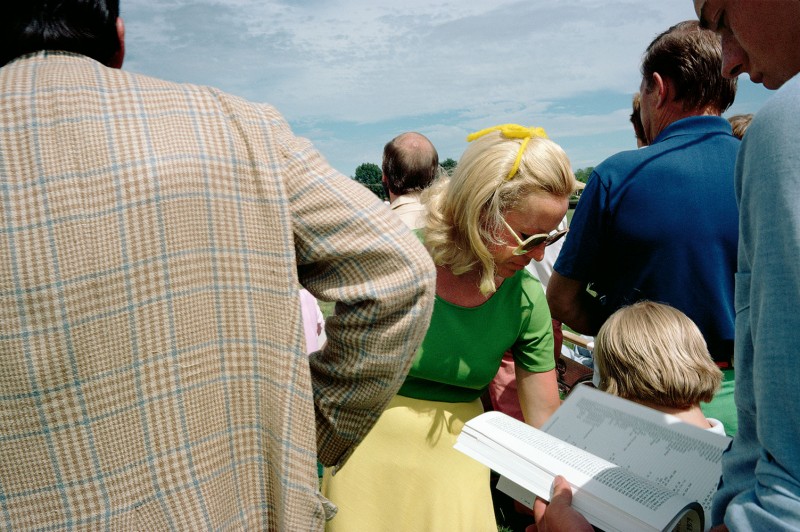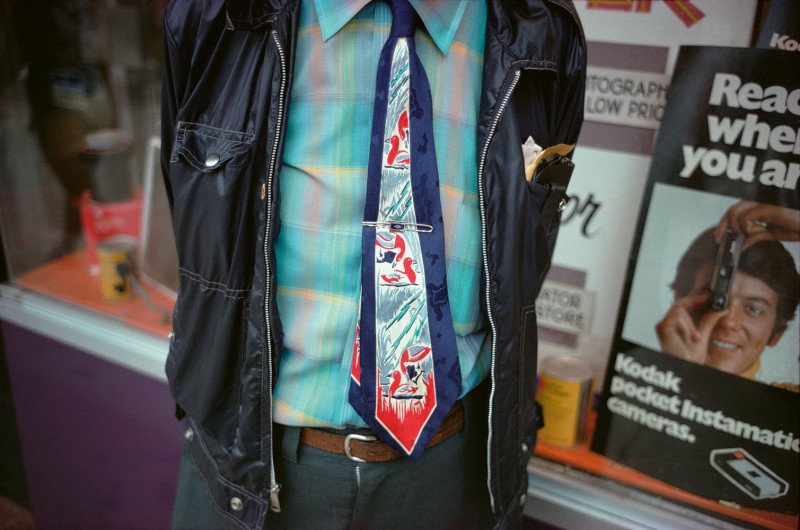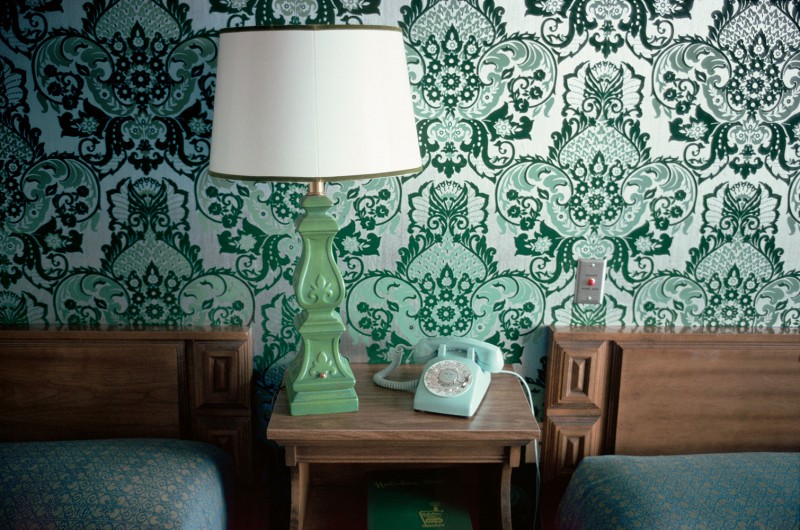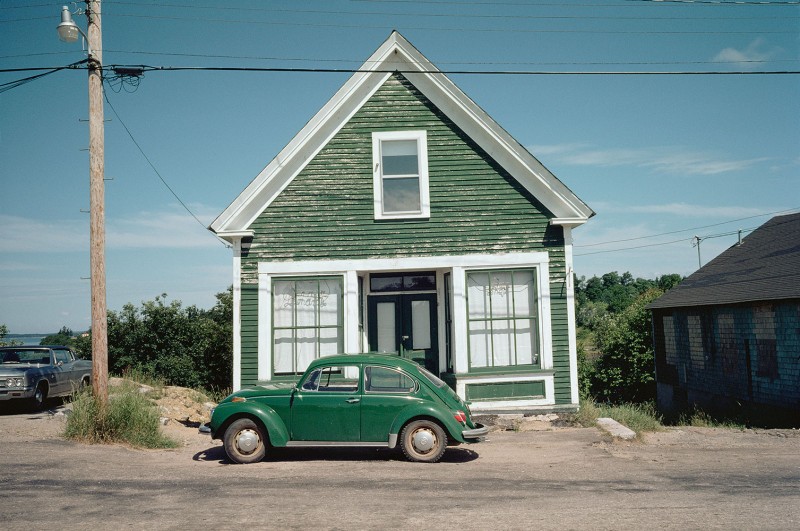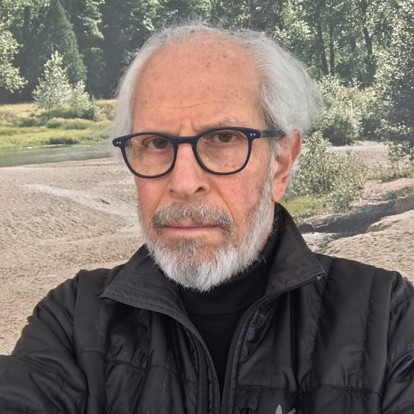Transparencies
Transparencies
Stephen Shore
April 15, 2020

Up until now, Shore has mainly been known for his large-format images. The recently-published photo book, however, changes that perception, because the photographs he took with his Leica on that road trip are now being brought to the attention of the general public. However, the Leica photographs, which are being published in their entirety for the first time, do more than simply deliver new variations of his already known 8x10 images. The change of format to 35mm slides from large-format negatives has also changed habitual ways of seeing and perceiving.
LFI: How did you rediscover your Leica images?
Stephen Shore: I shot them on Kodachrome. The only acceptable method of printing slides at the time was dye-transfer; but I preferred the subtlety of Type C prints, so I just never printed them. Then Quentin Bajac and I went through all my work to prepare for my MoMA retrospective in 2017, and decided to include some of them. I made inkjet prints from scans of the slides.
What was the relationship between the Leica and the 8x10 camera that you worked with at the time? For years, my primary camera was the 8x10. Using this was the focus of my attention. There are a couple of groups of pictures in the book where the Leica was the only camera I was using.
How do you see these images today?
Some people think my pictures from the seventies are nostalgic; but this is simply the result of the passage of time. If a photographer is working in the moment, is attentively present, the resulting pictures can have a feeling of now-ness.
The whole article can be found in LFI 3/2020.
The book can be ordered at MACK.
Stephen Shore+-
Stephen Shore’s work has been widely published and exhibited for the past 45 years. At age 23, he was the first living photographer to have a solo show at the Metropolitan Museum of Art in New York since Alfred Stieglitz, 40 years earlier. More than 25 books have been published of Stephen Shore’s photographs including Uncommon Places: The Complete Works and American Surfaces; works which are now considered important milestones in photographic history. Shore is represented by 303 Gallery (New York) and Sprüth Magers (London and Berlin). More


